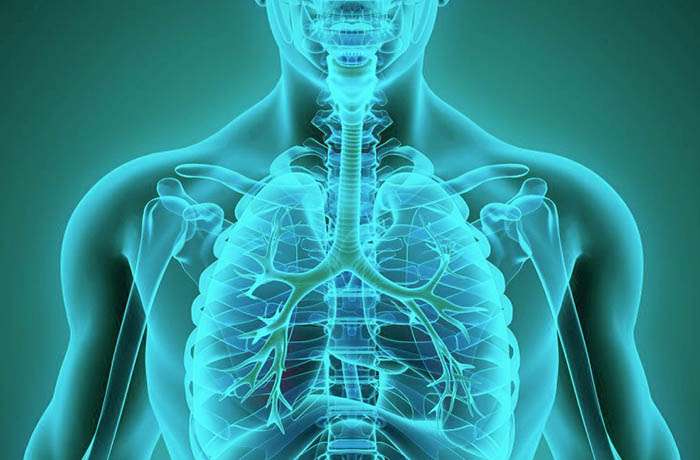Thoracic Treatements
During this operation, the surgeon inserts a long, thin tube with an attached camera through a small incision in the chest. This instrument is called a thoracoscope. Special instruments also are inserted through small incisions in the chest. The surgeon operates while watching the video from the thoracoscope on high-resolution monitors in the operating room.
- Biopsy to diagnose lung cancer, mesothelioma and other chest cancers
- Lung surgery, such as surgery to treat lung cancer and lung volume reduction surgery
- Procedures to remove excess fluid or air from the area around the lungs
- Surgery to relieve excessive sweating (hyperhidrosis)
- Surgery to treat certain types of esophageal disorders
- Surgery to remove part or all of the esophagus (esophagectomy)
- Hiatal hernia repair
- Thymus gland removal surgery (thymectomy)
- Certain procedures involving the heart, ribs, spine and diaphragm”
Thoracic surgery refers to operations on organs in the chest, including the heart, lungs and esophagus. Examples of thoracic surgery include coronary artery bypass surgery, heart transplant, lung transplant and removal of parts of the lung affected by cancer.Specialized thoracic surgeons treat lung and esophageal cancer, while specialized cardiac surgeons treat the heart.
Like VATS, this procedure allows the surgeon to view the surgical site via a camera inserted in the chest. The surgeon operates at a console, using controls that translate the surgeon’s hand, wrist and finger movements into movements of the instruments inserted in the chest.
Surgeons use the robotic thoracic surgery for treating
- Lung cancer
- Esophageal cancer
- Thymoma and thymic carcinoma
- Thymectomy for myasthenia gravis
- Chest wall tumors
- Neurogenic tumors
- Carcinoid tumors
- Lymphoma
- Barrett’s esophagus


